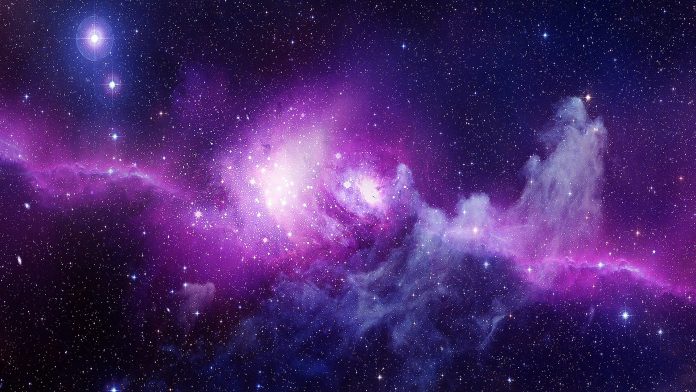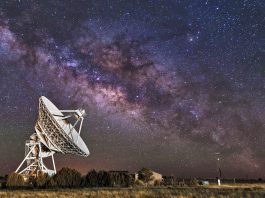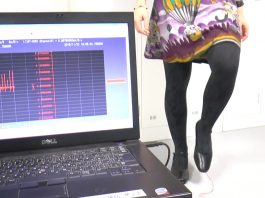Research conducted by the Royal Astronomical Society has shed light on the phenomena of magnetic braking in stars and the implications for our own stellar neighbourhood.
Scientists have discovered that middle-aged stars can experience the astronomical equivalent of a midlife crisis, going through extraordinary breaks in their activity and rotation rates when they are around the same age as our Sun.
This novel research study, published in the Monthly Notices of the Royal Astronomical Society: Letters, offers a theoretical understanding of the previously inexplicable breakdown recognised methods for determining the age of stars past their middle age, and the evolution of solar-like stars to a magnetically inactive future.
Magnetic braking in stars
It has long been understood by astronomers that stars go through a process called ‘magnetic braking’ – which is a regular stream of charged particles, known as the solar wind, slowly escapes from the star, carrying with it tiny proportions of the star’s angular momentum. This gradual drain results in stars like our Sun steadily decelerating their rotation over billions of years.
Subsequently, the slower rotation results in magnetic fields being altered, as well as less stellar activity, which covers factors such as the numbers of sunspots, flares, outbursts, and similar phenomena in the atmospheres of stars, which are fundamentally connected to the power of their magnetic fields.
Over time, this reduction in activity and rotation rate is anticipated to be effortless and predictable due to the slow demise of angular momentum. A thorough understanding of this concept has led to the tool known as ‘stellar gyrochronology’, which has been extensively utilised over the last 20 years to assess the age of a star from its rotation period.
However, the latest studies suggest that this relationship falls apart when stars are around middle aged. This novel work, conducted by Bindesh Tripathi, Professor Dibyendu Nandy, and Professor Soumitro Banerjee at the Indian Institute of Science Education and Research (IISER), offers an innovative clarification for this mysterious ailment.
Stellar midlife crisis
Utilising dynamo models of magnetic field generation in stars, the researchers were able to highlight that at approximately the age of the Sun, the magnetic field generation mechanism of stars abruptly becomes sub-critical or less effective. This enables stars to exist in two distinctive activity states – a low activity mode and an active mode. A middle-aged star can regularly switch to the low activity mode leading to significantly decreased angular momentum losses by magnetised stellar winds.
Nandy explained: “This hypothesis of sub-critical magnetic dynamos of solar-like stars provides a self-consistent, unifying physical basis for a diversity of solar-stellar phenomena, such as why stars beyond their midlife do not spin down as fast as in their youth, the breakdown of stellar gyrochronology relations, and recent findings suggesting that the Sun may be transitioning to a magnetically inactive future.”
The novel research offers a crucial understanding of the presence of low activity episodes in the recent history of the Sun known as grand minima – when near to no sunspots are observed. The best known of these is potentially the Maunder Minimum around 1645 to 1715, when very few sunspots were seen.
The research group is hopeful that it will also elucidate the latest studies, suggesting that the Sun is relatively inactive, with key connotations for the long-term future of our own stellar environment.









